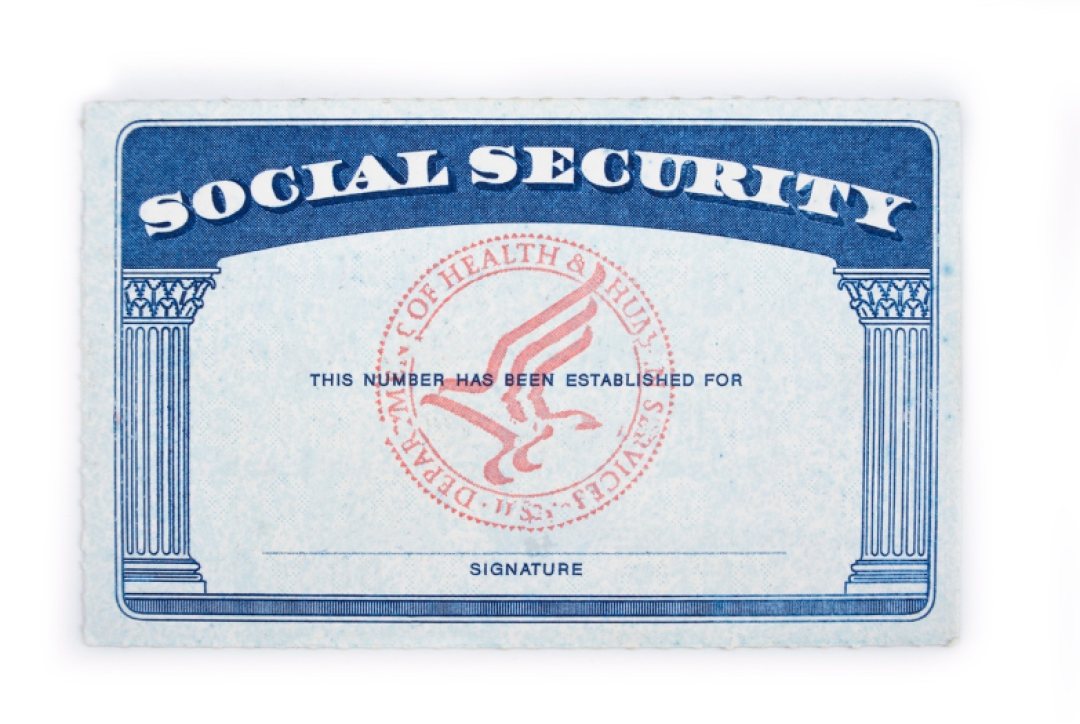Social Security Scam Calls — How to Detect & Avoid Them

Author: Trend Micro
Your Social Security number has been suspended” — familiar words that you’ve almost certainly heard at one point or another, spoken by an automated voice after answering a phone call that caller ID told you was from the Social Security Administration. It’s not long before the voice is threatening you with arrest or legal action and demanding payment, either.
These are Social Security call scams and they’re everywhere at the moment. Throughout 2020, there were over 718,000 reports of Social Security imposter telephone scams, resulting in total losses of nearly $45 million, with the average individual loss being $5,800.
One elderly woman from Massachusetts lost over $900,000 to one of the scammers. Fortunately, that particular perpetrator has been arrested for laundering the money made from his scams, but the scale of the fake Social Security scam call problem is clear to see.
The signs of Social Security scam calls
With the problem being so widespread and serious, you’re probably wondering how you can detect the scams. To help you out, we’ve put together a list of some of the tell-tale signs of Social Security call scams.
1. You even get a phone call in the first place. Only in very, very rare circumstances will you receive an unsolicited call from the Social Security Administration (SSA). It is normal to receive a call from them if you have been in prior contact with them, however.
2. The caller asks you to provide or confirm your Social Security number. A legitimate employee of the SSA will never, under no circumstances, ask you to do this.
3. The caller threatens you with the prospect of arrest, legal action, loss of benefits, or something similar. Once again, this is just not something the SSA does. It is a tactic used by the scammers to scare people into complying with their demands.
4. You’re asked to transfer money, buy gift cards, or send cryptocurrency. This is how the scammers make their money, but nobody from the SSA will ever ask you to do any of these things.
What to do if you receive a SSN scam call
If you receive a Social Security scam call, you should hang up immediately and report the details of the call to the Office of the Inspector General (OIG). You can do so by clicking here.
Once the scammers have your number, it can seem like they’re forever calling you, so if you want to try to minimize the number of unwanted calls you receive, you can add your number to the National Do Not Call Registry. You can add your home or mobile number to the registry for free. Click here or call (888) 382-1222 to learn more.
We all need to do our part
These types of scams truly ruin lives. The scammers are very clever, cunning, and convincing. It’s easy to see how so many people fall victim to them. To make it easier for the authorities to apprehend the scammers, if you receive a scam phone call, don’t just hang up and forget about it. Please report it to the OIG, too.
It’s important that more people are educated on the signs of these scams because once you know what to look out for, avoiding them is much easier. If you found the scam avoidance tips in this article helpful and you think your friends and family would too, please share this post with them. You could end up saving somebody a lot of money.
Report a Scam!

Have you fallen for a hoax, bought a fake product? Report the site and warn others!
Scam Categories
Help & Info
Popular Stories
As the influence of the internet rises, so does the prevalence of online scams. There are fraudsters making all kinds of claims to trap victims online - from fake investment opportunities to online stores - and the internet allows them to operate from any part of the world with anonymity. The ability to spot online scams is an important skill to have as the virtual world is increasingly becoming a part of every facet of our lives. The below tips will help you identify the signs which can indicate that a website could be a scam. Common Sense: Too Good To Be True When looking for goods online, a great deal can be very enticing. A Gucci bag or a new iPhone for half the price? Who wouldn’t want to grab such a deal? Scammers know this too and try to take advantage of the fact. If an online deal looks too good to be true, think twice and double-check things. The easiest way to do this is to simply check out the same product at competing websites (that you trust). If the difference in prices is huge, it might be better to double-check the rest of the website. Check Out the Social Media Links Social media is a core part of ecommerce businesses these days and consumers often expect online shops to have a social media presence. Scammers know this and often insert logos of social media sites on their websites. Scratching beneath the surface often reveals this fu
So the worst has come to pass - you realise you parted with your money too fast, and the site you used was a scam - what now? Well first of all, don’t despair!! If you think you have been scammed, the first port of call when having an issue is to simply ask for a refund. This is the first and easiest step to determine whether you are dealing with a genuine company or scammers. Sadly, getting your money back from a scammer is not as simple as just asking. If you are indeed dealing with scammers, the procedure (and chance) of getting your money back varies depending on the payment method you used. PayPal Debit card/Credit card Bank transfer Wire transfer Google Pay Bitcoin PayPal If you used PayPal, you have a strong chance of getting your money back if you were scammed. On their website, you can file a dispute within 180 calendar days of your purchase. Conditions to file a dispute: The simplest situation is that you ordered from an online store and it has not arrived. In this case this is what PayPal states: "If your order never shows up and the seller can't provide proof of shipment or delivery, you'll get a full refund. It's that simple." The scammer has sent you a completely different item. For example, you ordered a PlayStation 4, but instead received only a Playstation controller. The condition of the item was misrepresented on the product page. This could be the
